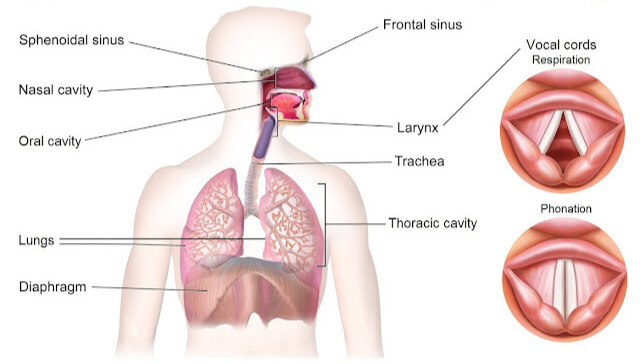Sound Is Produced By A Vibrating Body
sound is produced by a vibrating body by Delta publications
Key Notes :
Definition of Sound:

- Sound is a form of energy that travels through a medium (like air, water, or solids) in the form of waves. It is produced when an object vibrates.
Vibration as the Source of Sound:
- All sounds originate from vibrating objects. A vibration is a back-and-forth motion that creates sound waves in the surrounding medium.
- For example, when you pluck a guitar string, it vibrates and produces sound.
How Sound is Produced:
- When an object vibrates, it causes nearby air particles to move, creating compressions (areas of high pressure) and rarefactions (areas of low pressure). This creates a sound wave that travels through the air.
- The human ear detects these sound waves as they enter through the ear canal.
Examples of Vibrating Bodies Producing Sound:
- Musical Instruments: Drums (vibrating drum skin), flutes (vibrating air column), and pianos (vibrating strings).

- Human Voice: Sound is produced when air from the lungs passes through the vocal cords, causing them to vibrate.

- Tuning Fork: When struck, its prongs vibrate, generating sound waves.
Experiment to Demonstrate Sound Production:
- Take a tuning fork and strike it against a hard surface. Place it near your ear or dip it in water to observe the vibrations.
- The water shows ripples, indicating that the vibrations produce sound waves.
Medium Required for Sound Transmission:
- Sound needs a medium (solid, liquid, or gas) to travel. It cannot travel in a vacuum since there are no particles to carry the sound waves.
Speed of Sound in Different Mediums:
- The speed of sound varies depending on the medium:
- Fastest in solids (e.g., steel)
- Slower in liquids (e.g., water)
- Slowest in gases (e.g., air)
Characteristics of Sound Waves:
- Frequency: The number of vibrations per second, measured in Hertz (Hz). It determines the pitch of the sound.
- Amplitude: The height of the sound wave determines its loudness. Larger amplitude means a louder sound.
- Wavelength: The distance between two compressions or rarefactions in a sound wave.
Fun Fact:
- Echo: When sound waves hit a hard surface and reflect back, they produce an echo. The time delay helps calculate the distance of the object.
Let’s practice!

